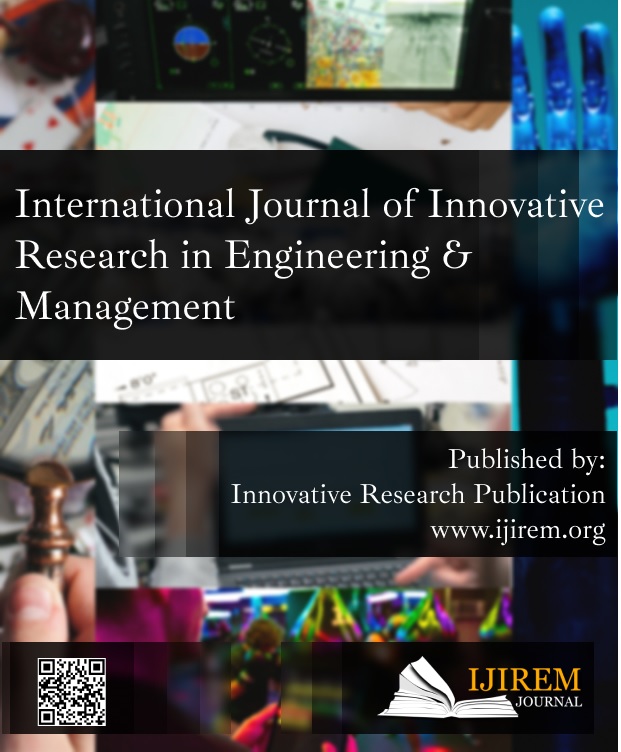Seismic Retrofitting of CD Hospital in Srinagar Kashmir
Keywords:
Seismic analysis, Earthquake, Retrofitting, RehabilitationAbstract
This concept sets out the mechanisms designed to re-engineer seismic analysis. This concept is designed to explain the need for a new self-based trust code to provide a broad range of constructive behaviours. The concept also aims to feed the structure to meet the needs of the current principles of landscape design. The Kashmir region prevails within the Himalayas and is one of the world's most popular earthquakes prone area. For the past ten years the Kashmir region has seen a major earthquake with Magnitudes hit (M 7.2) in 2005 followed by massive losses and severe economic losses. Complete loss & death occurred as a result of the collapse of non-structural structures, many of which occur as stone structures and thus further the issue. Unfortunately, the potential for earthquakes in developing countries like ours continues to grow because the key principles of building earthquake resistance and code guidelines issued by the BIS are often not adhered to. Definitions are ignorance, uncertainty of additional costs and will full negligence. New buildings can easily be made to withstand earthquakes, however, existing buildings need to be saved, including re-installation. The concept aims to fully study the existing structures of life (Health facilities, schools, etc.) in the Kashmir district and draw scientific and technological knowledge into structural assessment followed by adequate, easily accessible, economic reorganization measures. The aim is to add and build a user-friendly reusable structure, with completed high-quality Kashmir
Downloads
References
Lakshmanan D, (2006), seismic evaluation of retrofitting of building and Structures, ISET journal of earthquake technology, 43(1-2), pp 31-48
Sudhir K. Jain, Srikant T, (2002), analysis for seismic retrofitting of buildings,The Indian concrete journal, pp 479-484.Lakshmanan
Giusepe Oliveto, Massimo Marleta, (2005), seismic retrofitting of reinforced concrete buildings using traditional and innovative techniques, ISET journal of earthquake technology, 42(2-3), pp 21-46
.[4] Abdullah, A; and Takiguchi, K, “Experimental Investigation on Ferrocement as an Alternative Material to Strengthen Reinforced Concrete”Column,” Journal of Ferrocement,V.30,No.2,pp. 177-190
Shailesh Kr. Agrawal, Ajay Chourasia, (2003), “Nonlinear static analysis for Seismic evaluation and retrofit of RC buildings”, Workshop on rertofitting of structures, pp 116- 124.
